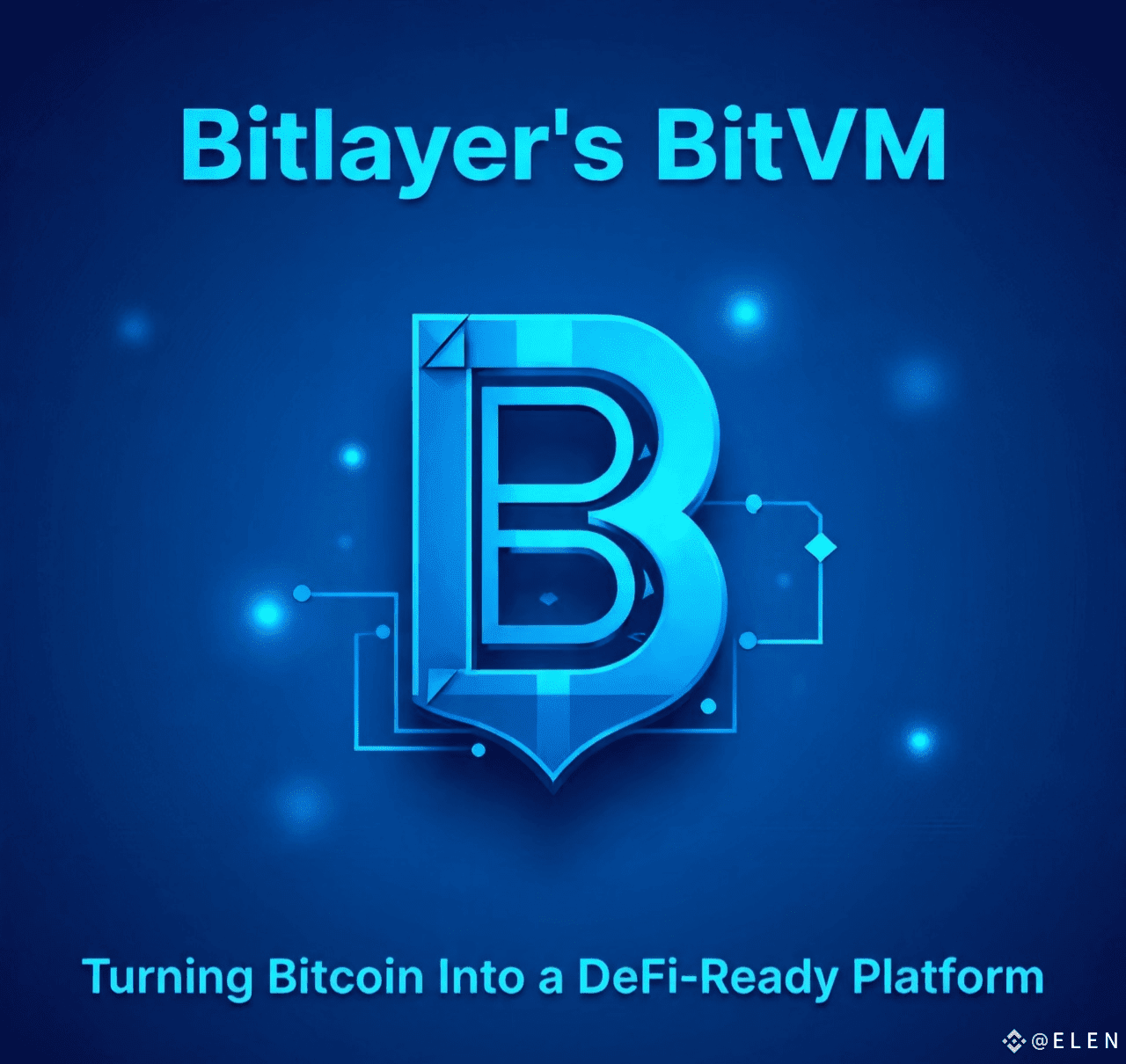Introduction — why Bitlayer matters
Bitcoin’s security and liquidity are undeniable, but its script-based design and lack of native smart-contract flexibility have limited its participation in today’s DeFi economy. Bitlayer aims to change that by implementing a BitVM paradigm and a trust-minimized bridge that lets BTC take part in programmable finance without compromising Bitcoin’s underlying security assumptions. This is important: instead of wrapping BTC in custodial contracts, Bitlayer’s approach attempts to preserve trust-minimization while enabling composability.
BitVM Bridge: the core technical innovation
At the heart of Bitlayer is the BitVM Bridge — a system designed to allow BTC to be locked under verifiable, contestable logic and represented on other chains as 1:1 pegged assets (often referenced as YBTC in coverage). The bridge operates under a model where honest actors can challenge malicious attempts, relying on cryptoeconomic and on-chain dispute mechanisms rather than centralized custodians. That design reduces single-party trust assumptions and opens Bitcoin liquidity to smart-contract ecosystems. The BitVM Bridge launched its mainnet beta this summer, a milestone that signals the transition from test environments to real user flows.
Rollup and network design: security meets speed
Bitlayer couples a rollup-like execution environment with a sequencing/PoS layer that anchors security back to Bitcoin via fraud proofs and BitVM-style verification. The architecture is deliberately modular: execution layers enable EVM compatibility for fast dApp deployment, while fraud-proofs and anchoring to Bitcoin provide strong finality properties. Practically, this means sub-second confirmations for many actions, while final security remains tied to Bitcoin’s proof-of-work in the event of disputes. That tradeoff — local speed with global security anchoring — is the central design tension Bitlayer resolves.
YBTC and BTC liquidity on DeFi rails
One immediate product of the BitVM Bridge is YBTC (or equivalent pegged BTC representations): a programmable BTC-equivalent native to Bitlayer’s L2 and bridge-connected ecosystems. YBTC unlocks lending, AMM liquidity, staking strategies, and other DeFi primitives for Bitcoin holders who previously had to rely on custodial wrapped solutions. Because the bridge is trust-minimized and contestable, Bitlayer aims to offer a safer pathway for institutional and retail liquidity to enter DeFi while keeping proofs auditable on-chain.
Developer experience & EVM compatibility
A practical success criterion for any new layer is how easily existing smart contracts and developer tools can be reused. Bitlayer’s network provides EVM compatibility and tooling so teams familiar with Ethereum can deploy quickly, test existing dApps with minimal changes, and tap into Bitcoin liquidity via BitVM primitives. The Bitlayer developer playbook — SDKs, bridges, and examples from the Summer Launch — focuses on lowering friction for builders who want to port yield strategies, AMMs, and NFT platforms to a Bitcoin-enabled DeFi stack.
Security considerations & open questions
While Bitlayer’s trust-minimized design is promising, important engineering questions remain: how robust are the challenge/contest windows under real-world adversarial loads, how will sequencer decentralization proceed, and what latency/UX tradeoffs will users accept for challengeability? Practically, the protocol will succeed if it proves resilient to stress tests and demonstrates clear, auditable recovery primitives during contested operations. The mainnet beta is the critical phase where these dynamics will be tested at scale.
Conclusion
Bitlayer’s BitVM Bridge represents a major architectural attempt to give Bitcoin practical DeFi utility without resorting to custodial wrappers. The coming months — as mainnet beta usage grows and higher-stake integrations go live — will determine whether this approach becomes the dominant way BTC participates in smart-contract finance. If it does, it would mark a fundamental shift in how Bitcoin liquidity integrates with the broader on-chain economy.

